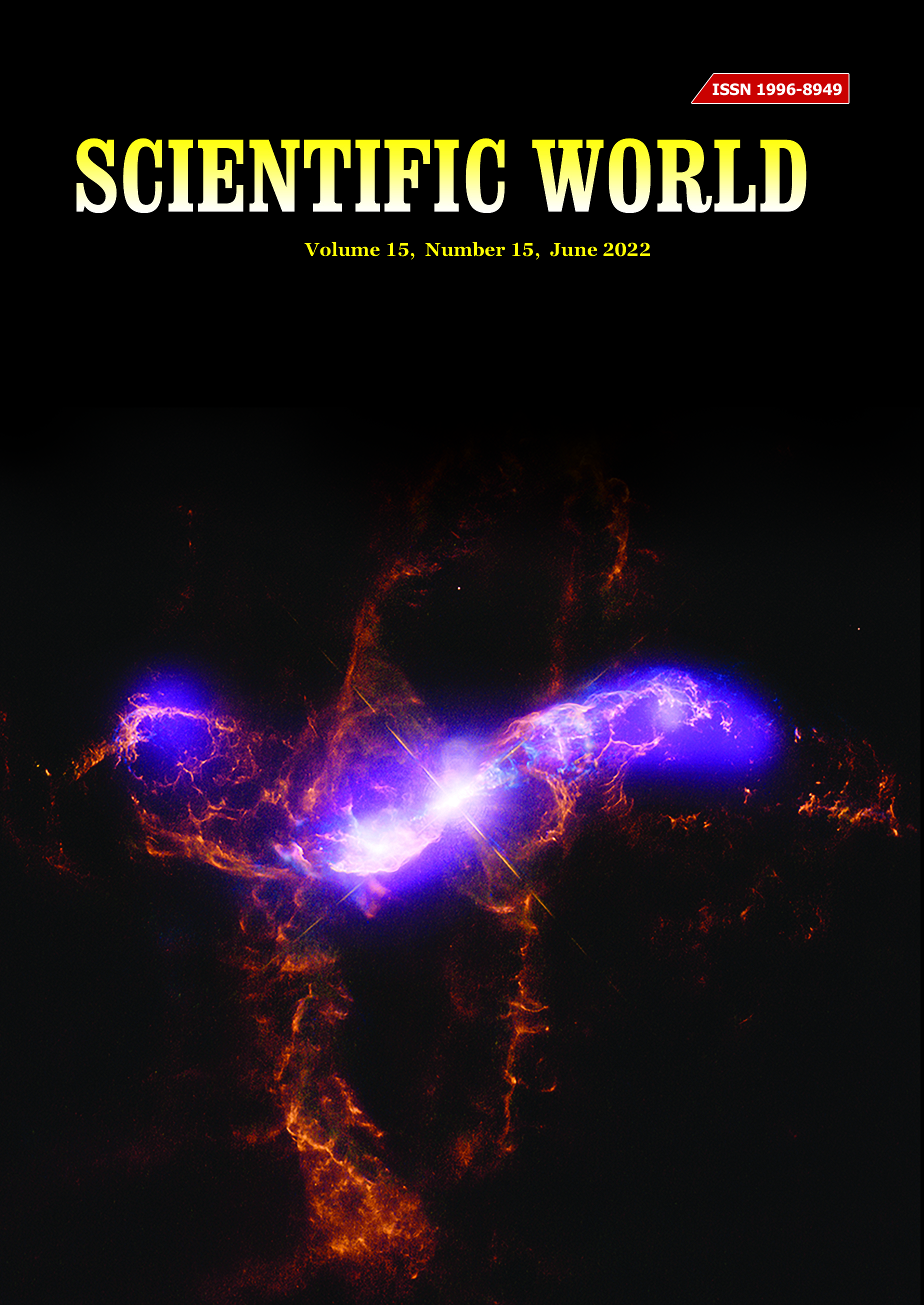Telecom towers under the threat of lightning hazards
DOI:
https://doi.org/10.3126/sw.v15i15.45666Keywords:
Lightning, Lightning protection system, BTS, Communication towersAbstract
Lightning is an extremely complex electrical discharge that occurs within the earth’s atmosphere. It is the biggest threat to communication and transmission towers and damages electronic and electrical equipment beyond repair directly or indirectly. Although the protection against the lightning hazards can be achieved with the available technology and knowledge, such measures are largely overlooked in the developing countries in particular. Protecting communication & transmission towers, communication & transmission systems from the direct lightning strikes and saving human lives, livestock and other property damages from indirect lightning is a big challenge to the service providers. Nepal is a lightning prone country where the communication towers and system are often the victims of lightning strikes. In this study, we have made field assessment at the various sites of Nepal Telecom’s Base Transceiver Station (BTS) and Repeater towers for investigating their status pertinent to lightning threat and protective measures adopted in those sites. The main objectives of the field assessment were to investigate the effectiveness of the protective measures adopted, identify their inadequacies and hence to provide appropriate solutions as per the international standards (IEC 62305-4), in order to improve the quality of telecom services. The lightning strikes to the towers inside the Kathmandu valley were recorded to be rare, however it was common in the outskirts. Although, severe damage to the towers were not observed neither were recorded, the status of the towers in the perspective of lightning hazards were not found to be in the sound state. Contact resistance of the earthing system, installation of SPDs and equipotential bonding of the system need to be improved. Further, the protective measures against the hazards due to indirect effects of lightning strikes were found to be extremely poor. We recommend the improvements in protective measures against lightning in the neighborhood of the towers for the human as well as equipment safety.




